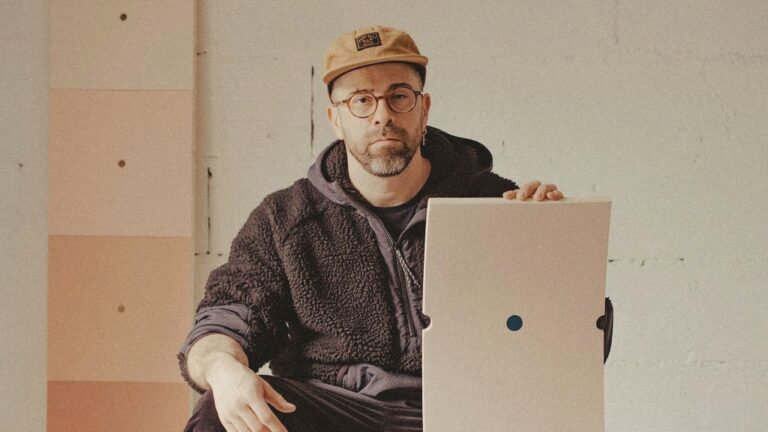
A Conversation with Alejandro Javaloyas
A Studio Visit During the La BIBI Residency
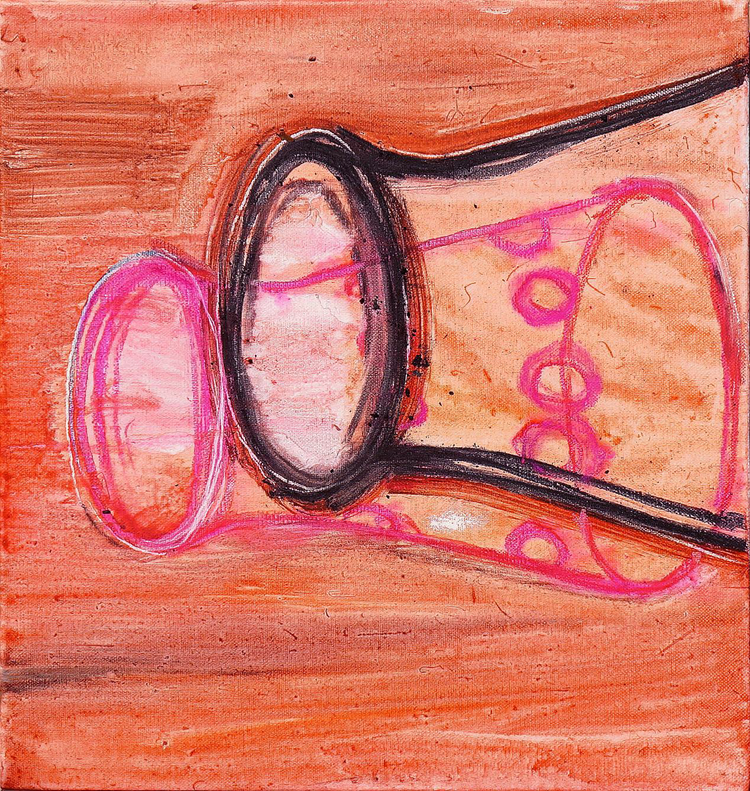

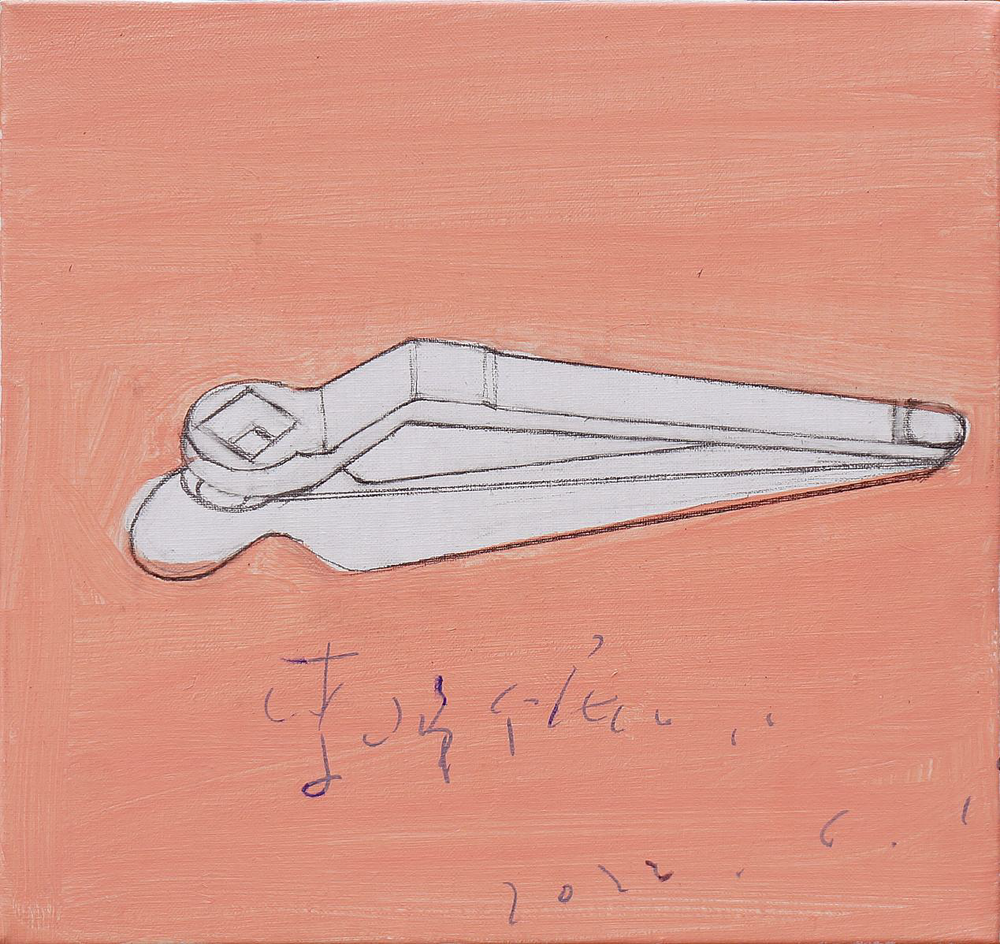
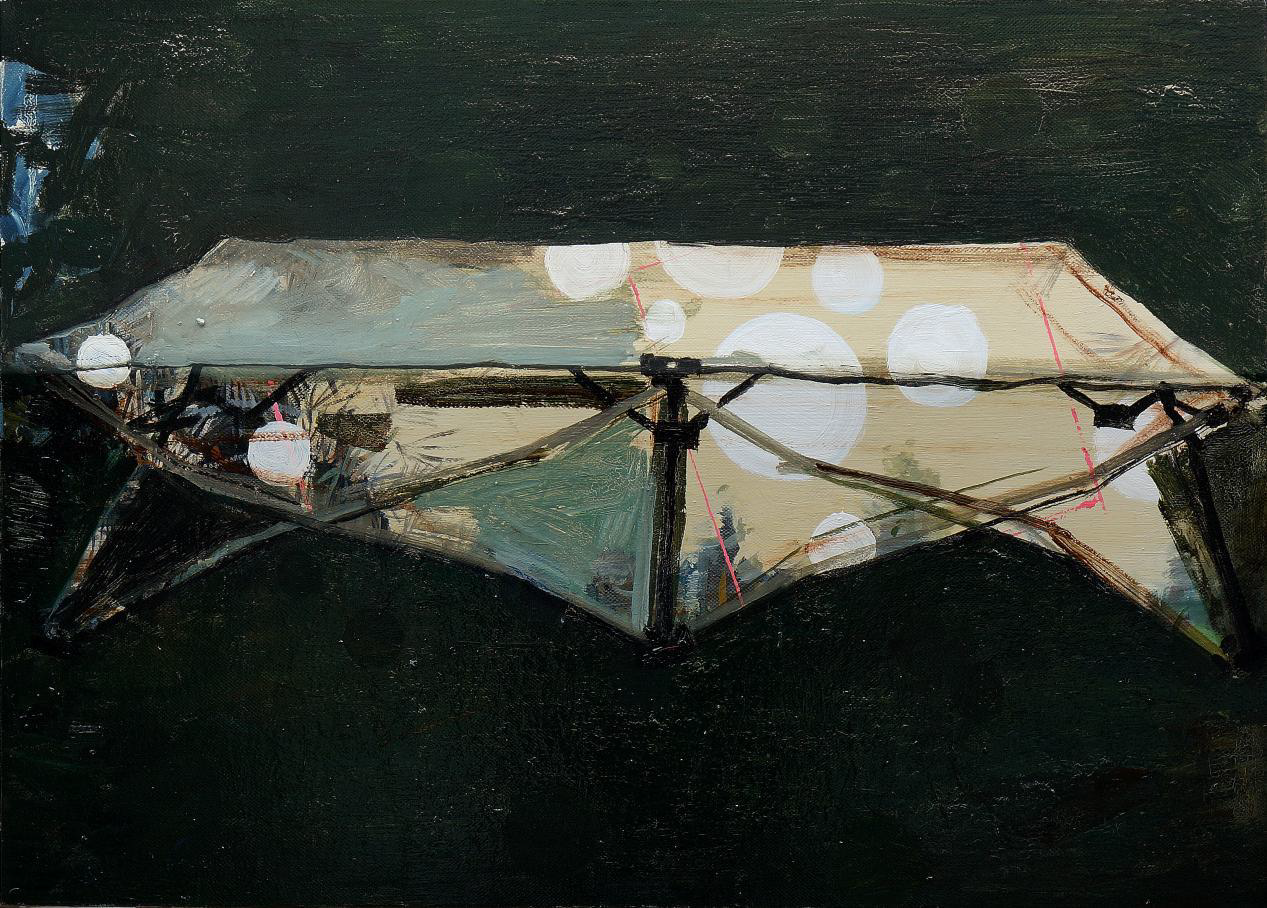
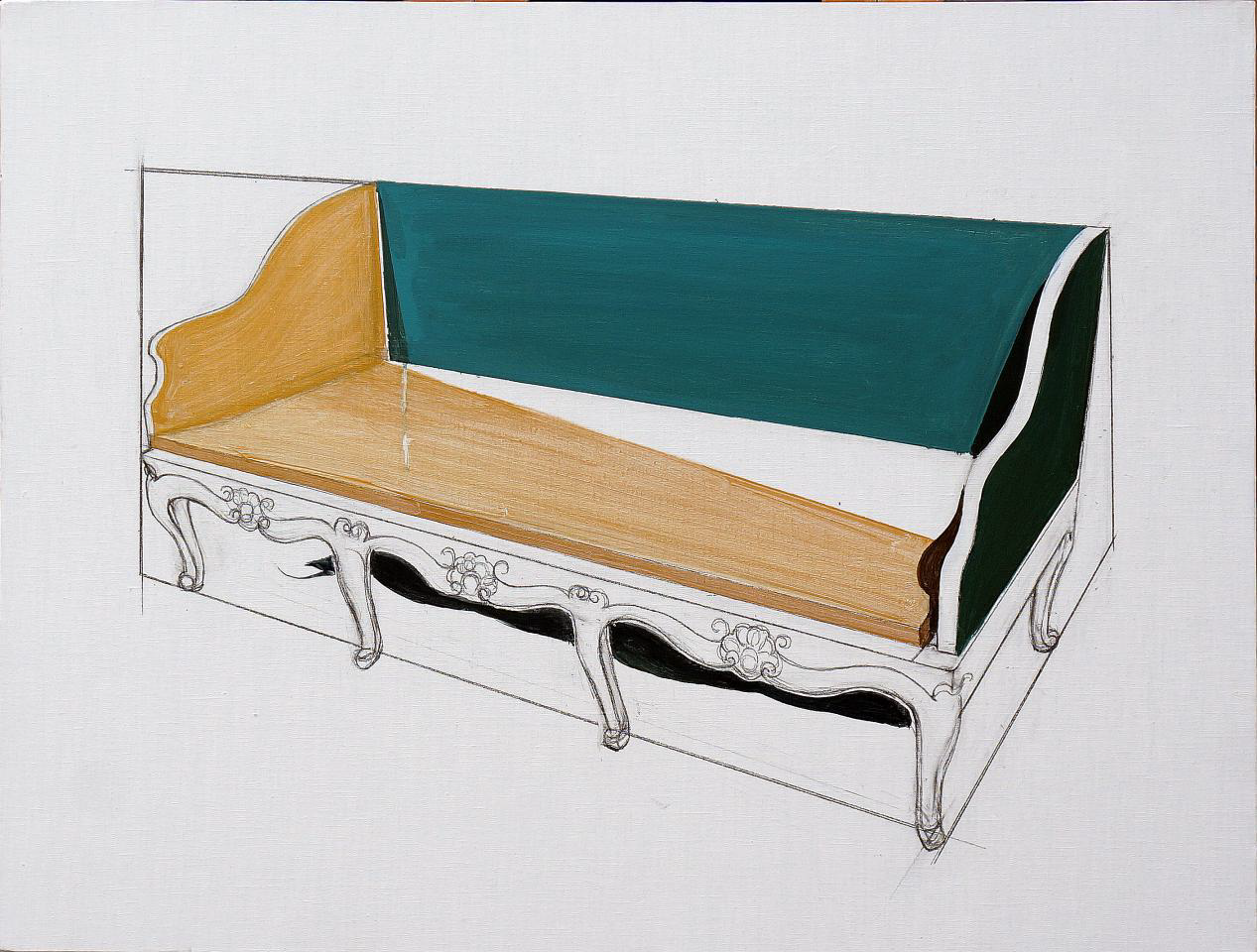
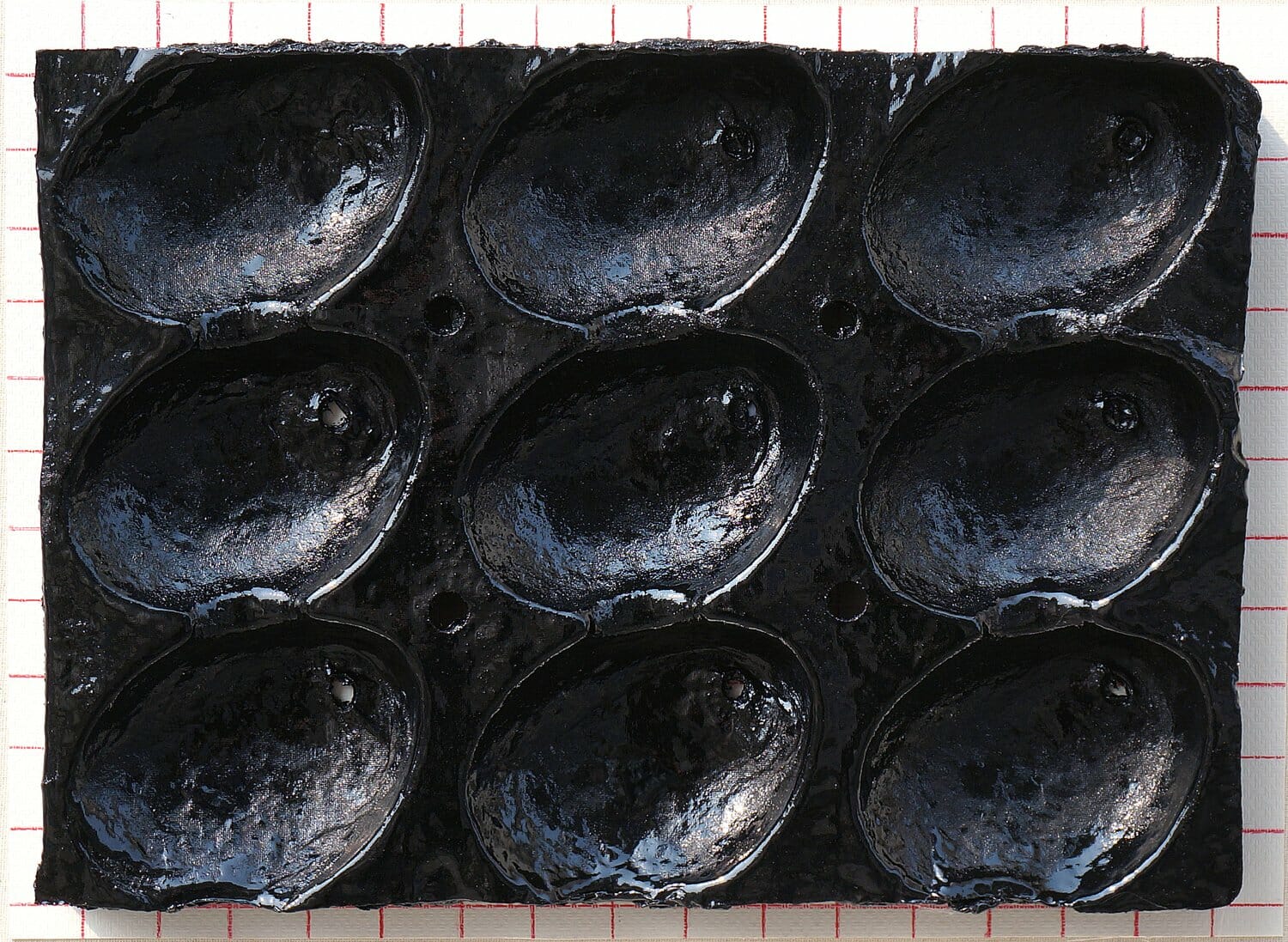
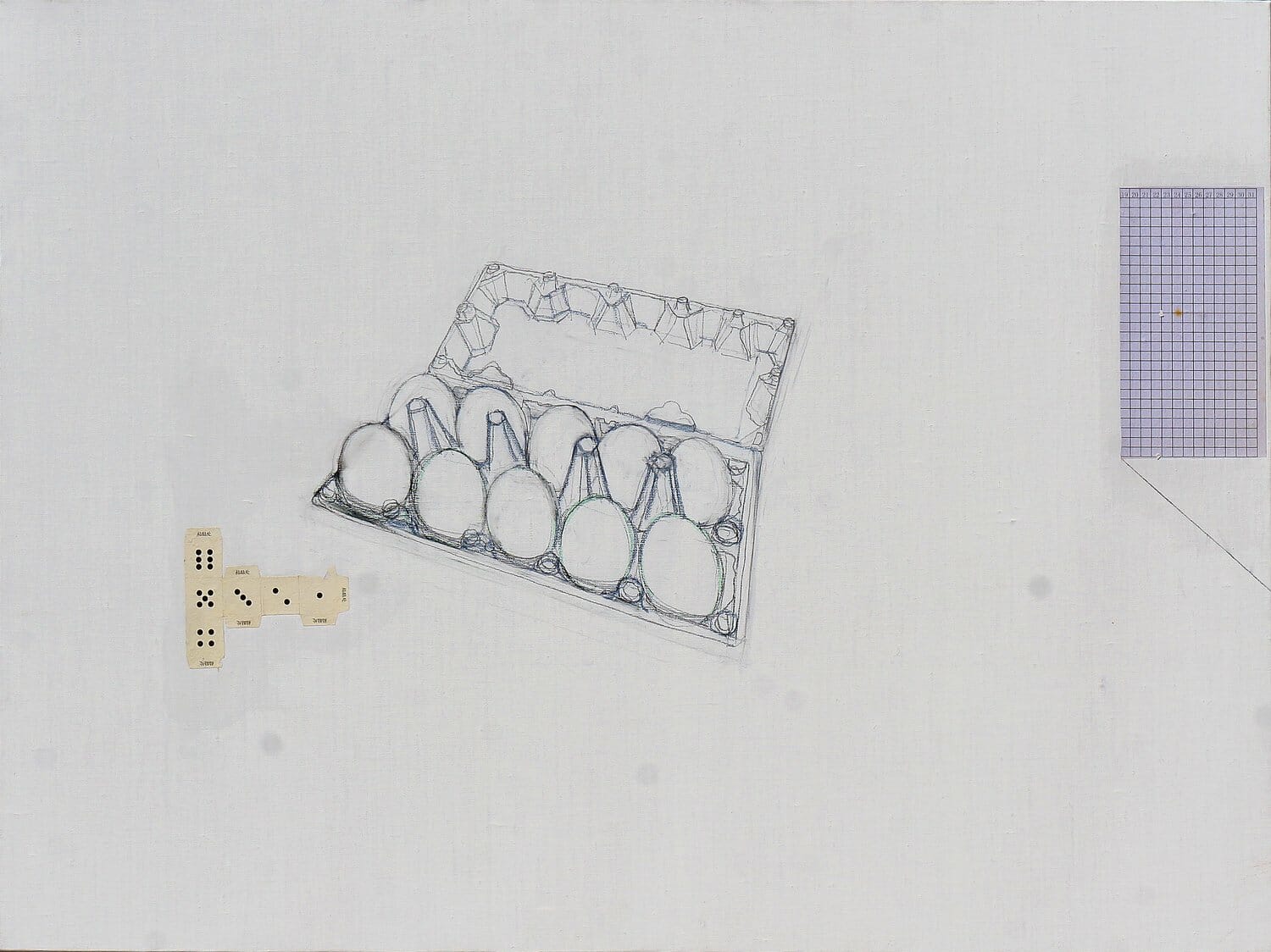
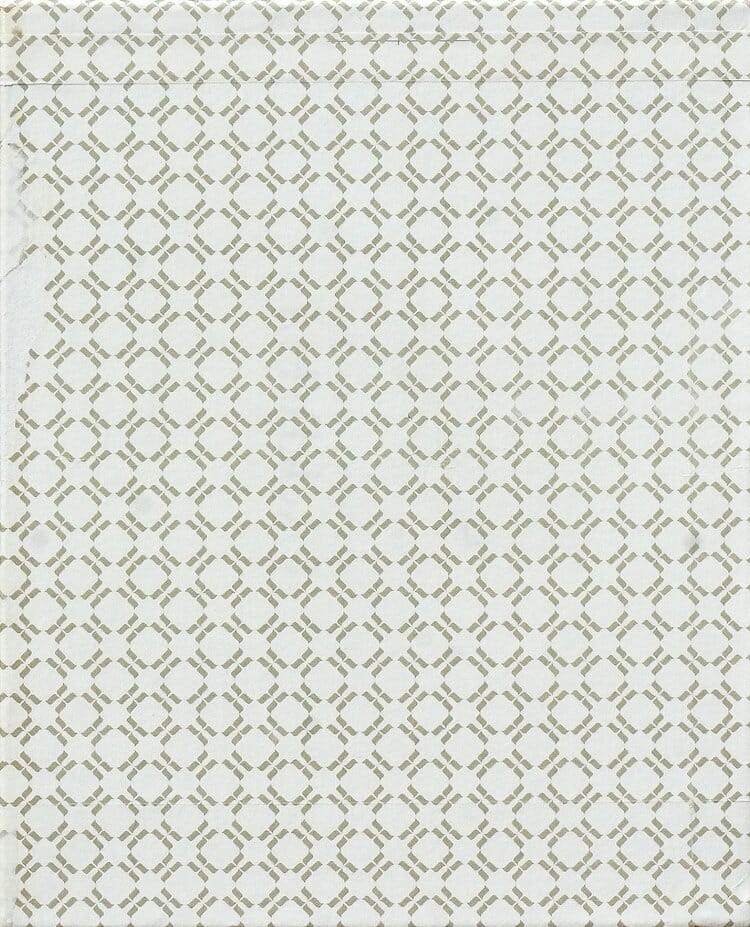
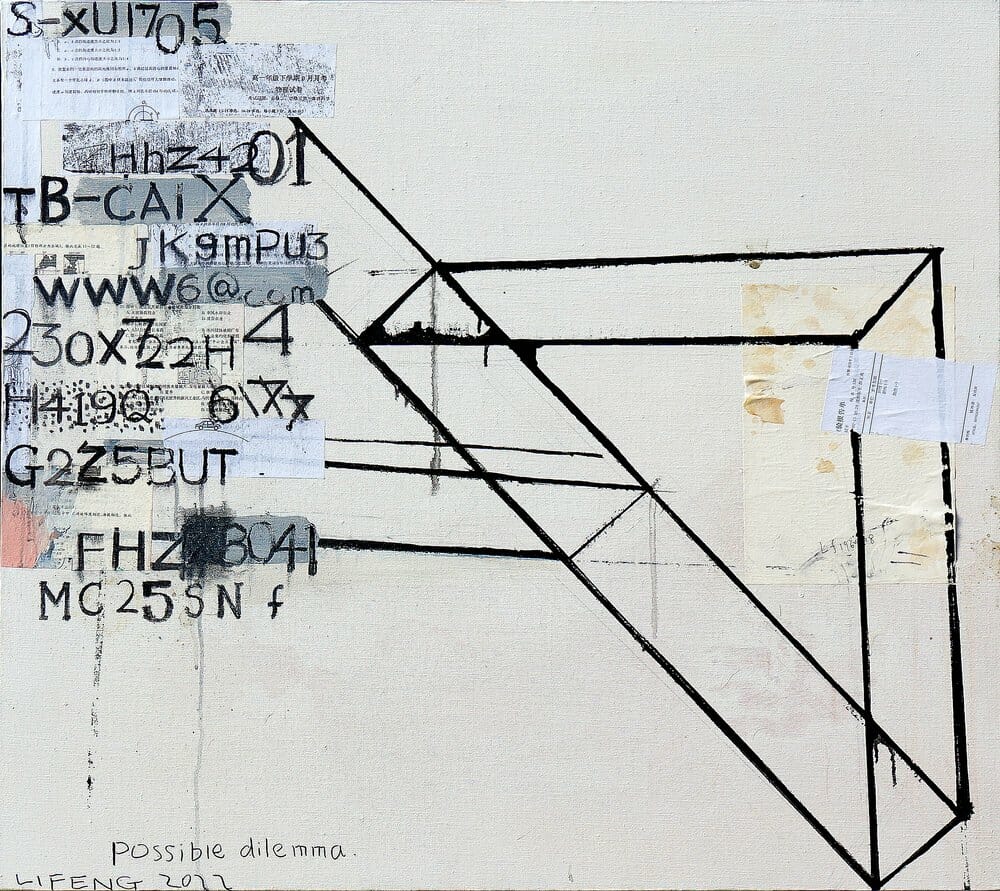
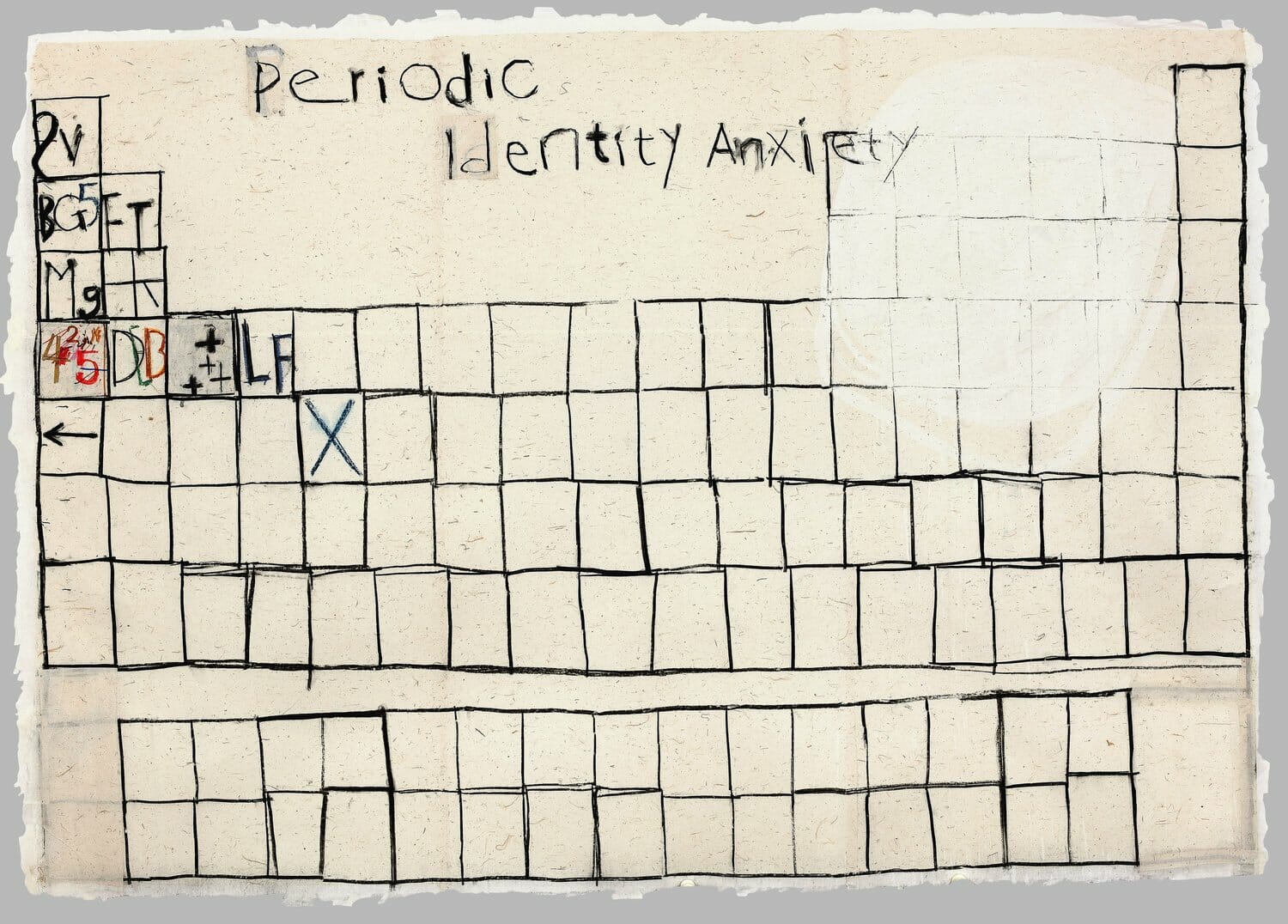
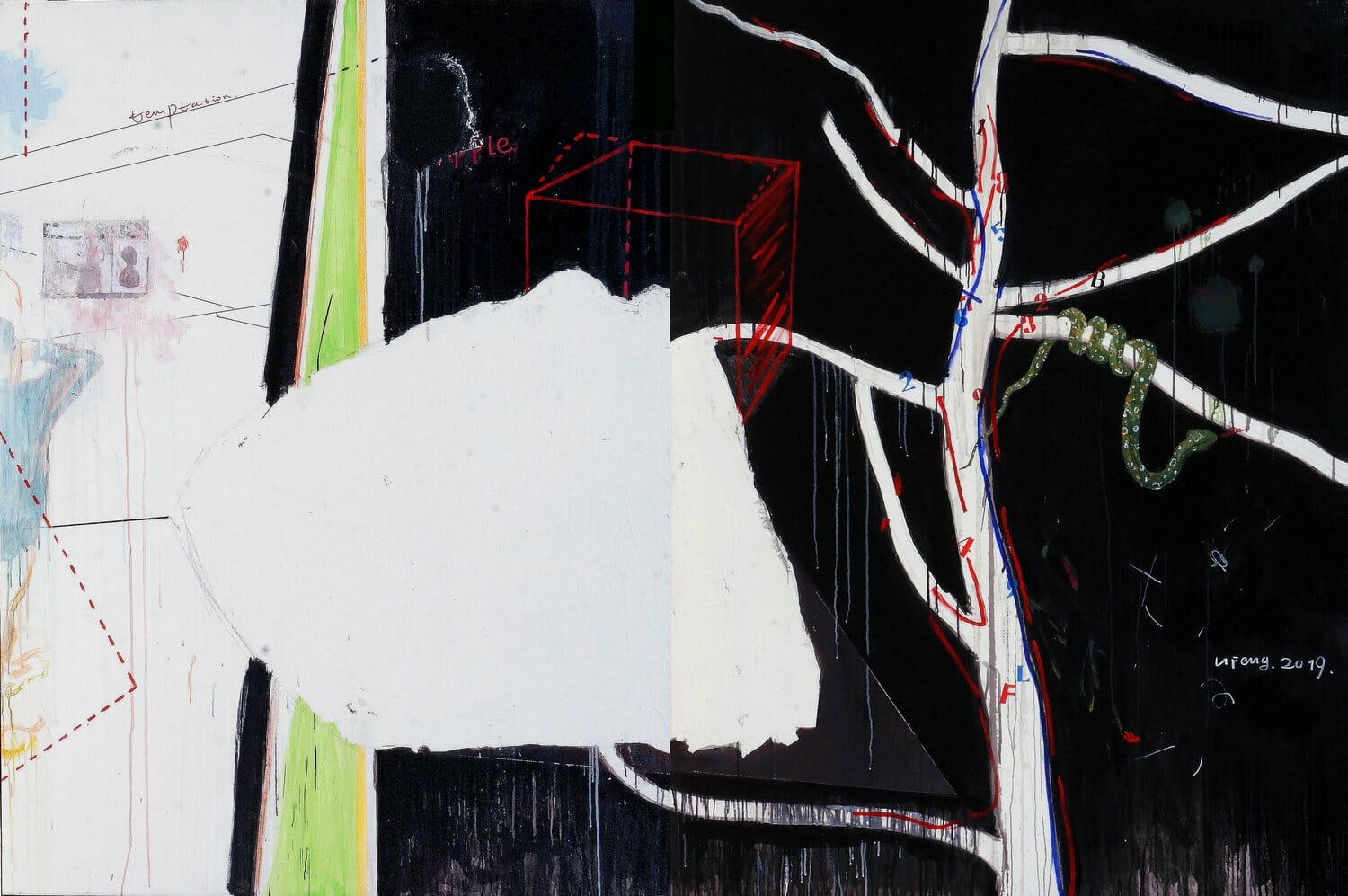
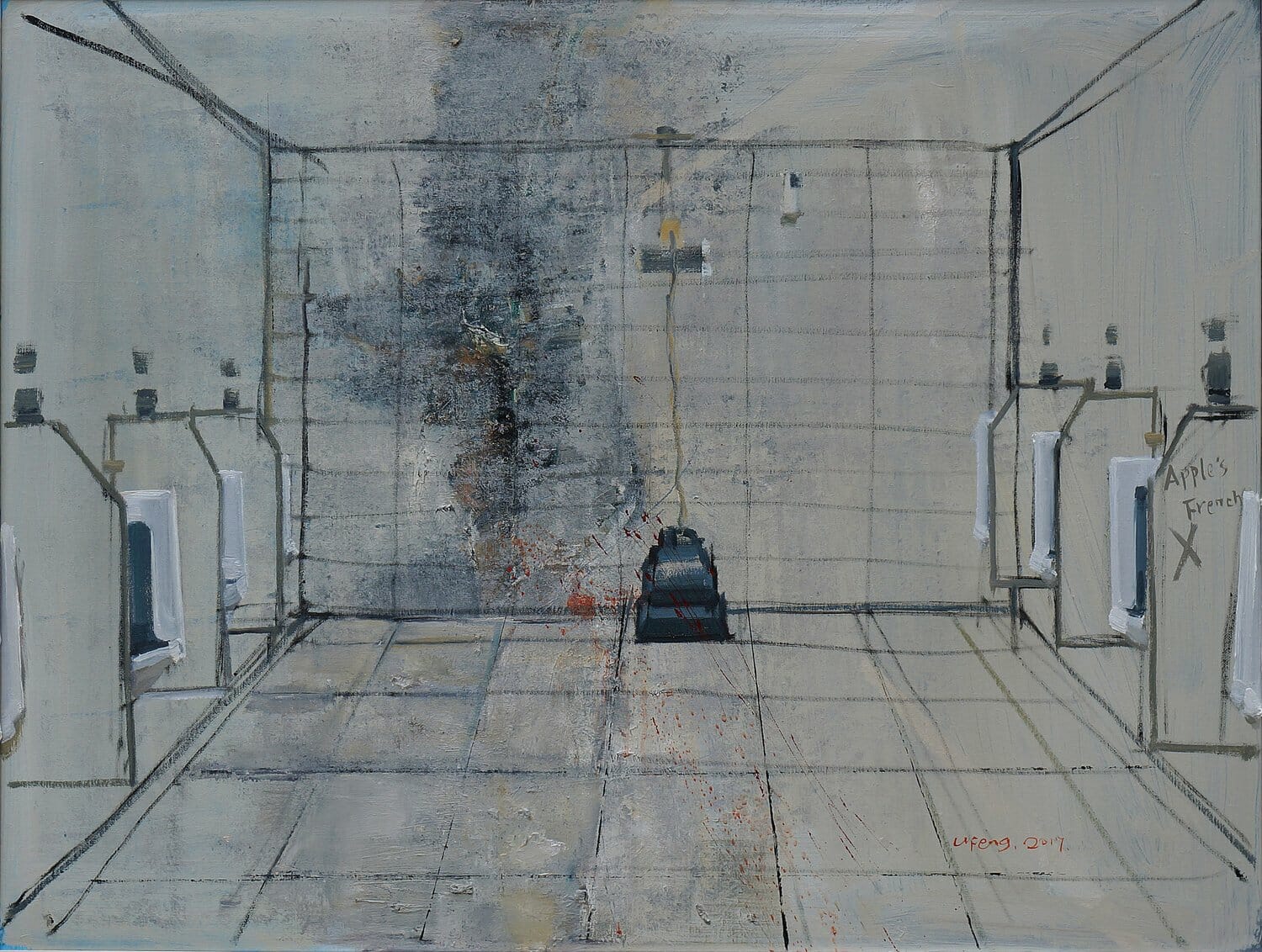
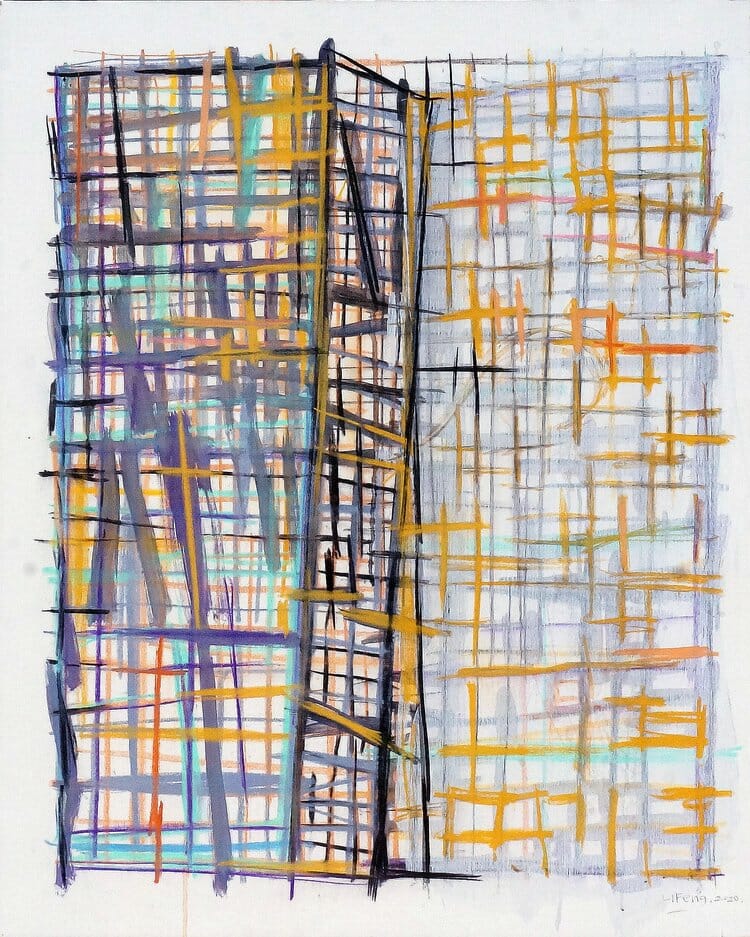
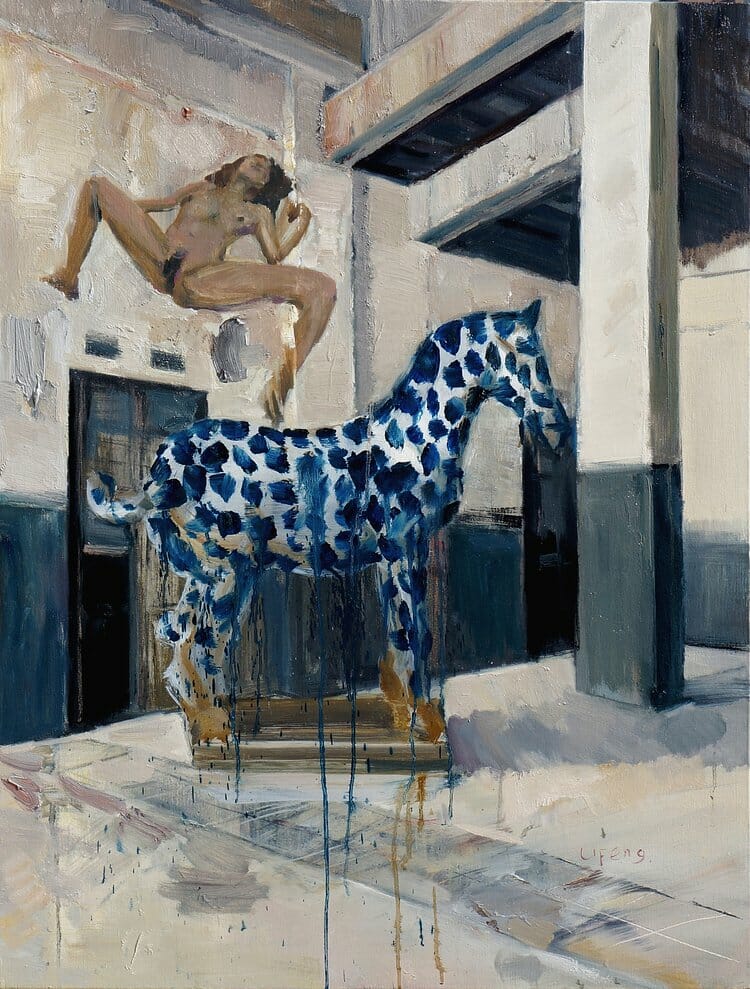

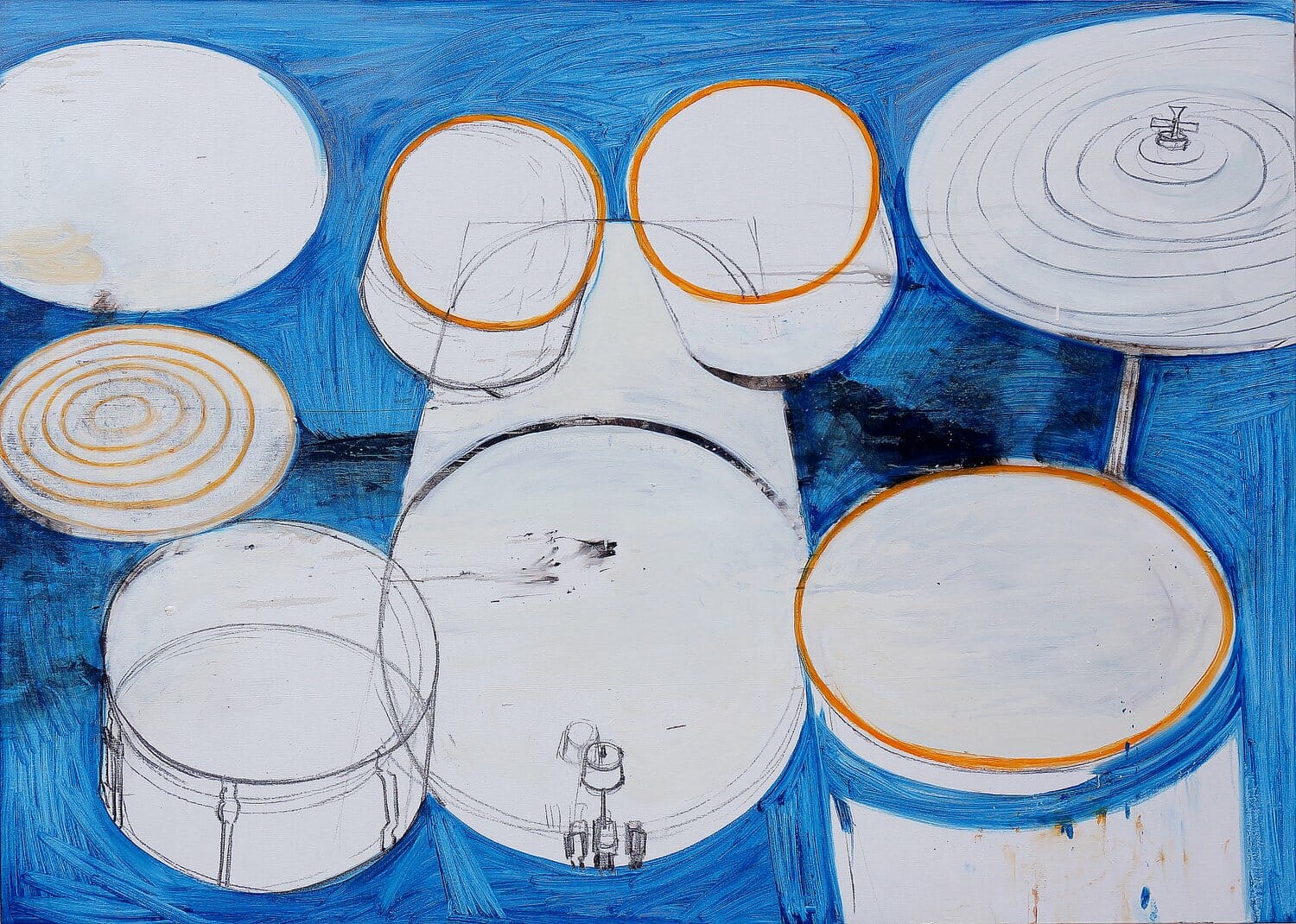
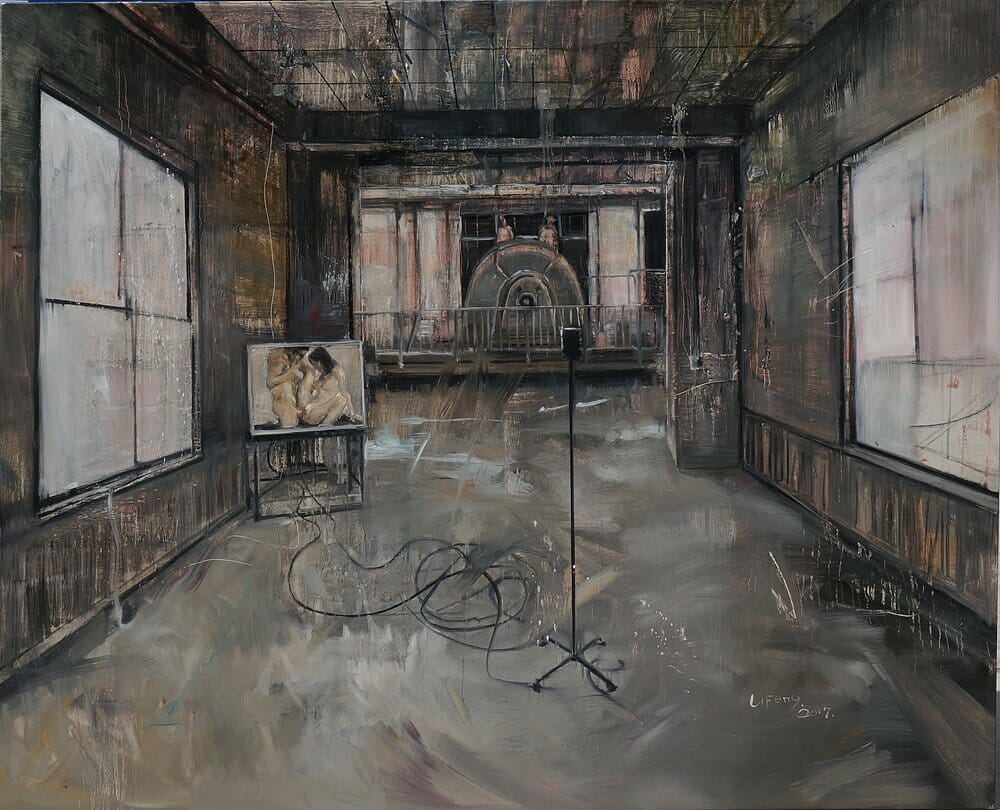
JD: Dear Li Feng, what a pleasure to have you for an interview with CAI. How have you been?
LF: Dear Julien Delagrange, I am deeply honored to have the opportunity to be featured in CAI’s interview. I am delighted to share that things have been progressing splendidly lately, mirroring the bright and sunny weather I am experiencing this morning.
JD: Before we start dissecting your oeuvre and the latest series of works, I would like to discuss your background and education. What was your road toward artistry, and how did you become the artist you are today?
LF: I was born in a northern town in China, and when I turned one year old, my family embarked on a journey toward the southern inland provinces. Throughout this process, we experienced endless relocations, like an ever-flowing river. However, upon reaching the flat terrain of the temperate region in central China, with its distinct four seasons, I finally settled down and ceased following my parents further south. Compared to the stability of people rooted in one place, the transient and uncertain lifestyle during my early years offered a greater abundance of vivid and dynamic experiences. But with the positives also came challenges, particularly in receiving formal education during my younger years.
Fortunately, everything gradually rationally fell into place. After graduating from high school, I was admitted to the university, where I pursued a major in Fine Arts. The sole reason for choosing to be an artist was love—an indescribable love that cannot be substituted by anything else. In my artistic exploration and practice, I found a profound appreciation for works that touch the hearts and souls of people, resonating with their inner essence. Indeed, I deviated early on from the conventional teachings of art education in school and embraced an open-minded approach, welcoming the vast world with open arms.
JD: As our audience is predominantly from the Western World, could you talk us through the symbiosis between Chinese culture and Western art history as inspiration for your artistic practice?
LF: On one hand, China has been predominantly an imperial state throughout its history. However, it is not as conservative and closed-off as people perceive it. The geographical barriers, such as the vast mountain ranges in the northwest and the southeastern sea, naturally isolated it from cultural, commercial, and even military interactions with the West.
However, the establishment of the overland and maritime “Silk Roads” demonstrated the ancient Chinese people’s inherent imagination of distant lands in the Middle East and the Western world. In ancient China, the book “Shan Hai Jing” was born, which showcased mysterious writings and narrated a unique understanding of the entire world from a broad global view perspective. Similarly, in “Tao Te Ching,” Lao Tzu presented a discourse from the cosmic level, discussing the understanding and contemplation of the natural generation and the essence of humanity’s logical thinking. Numerous cave paintings in China depict interactions between China and India, the Middle East and the West.
On the other hand, because I couldn’t accept the oversimplified conceptualization of Western history and culture taught in textbooks, I have privately been studying reliable books on European cultural history written by Western scholars, such as “The World of Yesterday” by Austrian scholar Stefan Zweig. It is a memoir by a European, covering Europe’s cultural and political aspects from before World War I to the entire period of World War II. Undoubtedly, the interaction and development of Eastern and Western civilizations were predominantly driven by the expansion of commercial civilization, particularly in the modern and contemporary era.
However, it is necessary to emphasize that the concept of East and West is primarily political and not limited to a specific geographical region. Personally, I do not fully agree with the notion of East and West. I believe that the world is inherently unified. The practice of my artistic creation is based on this foundation as I attempt to find and construct my own identity through different stages.
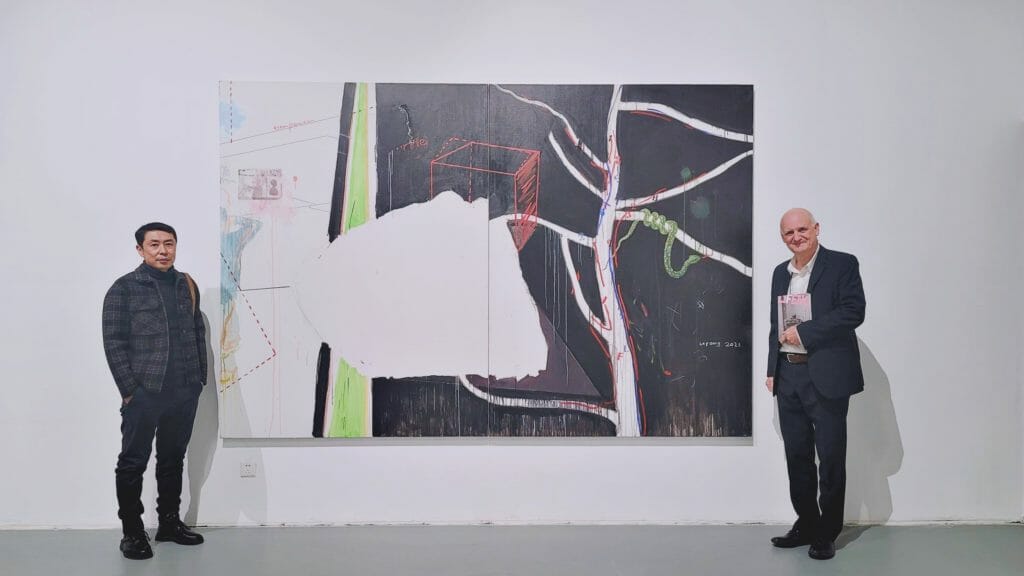
JD: Besides being a painter, you are also a poet. Could you please expand on your poetry and how it relates to your practice as an artist?
LF: After graduating from university, I moved away from home to work in another province. During that time, I began experimenting with poetry writing, a textual art form, separated from painting but suited me better. The essence between poetry writing and painting is connected. It provided me with an additional means of artistic expression. The only frustration I had after the publication of my personal poetry collection, ” Injured Apple,” in 2006 (first edition) was the issue of English translation for poetry (as I always believed that poetry is untranslatable). However, the advancements in high technology now give me hope.
JD: Would you say painting and poetry are natural allies? What correlations between both are most powerful for you?
LF: Actually, I don’t believe that painting and poetry are allies. They are merely neighbors. In addition, painting doesn’t require translation, while there is a natural and significant gap between words. The only connection between them is that both painting and poetry are universal languages.
JD: Your artistic practice as a painter is marked by strong stylistic heterogeneity. Earlier at CAI, we referred to your work as a natural adept or disciple of Sigmar Polke, using a vast array of symbols and various techniques. What is your perspective on your ongoing quest for new subjects, new techniques, and new series of works?
LF: An object has a thousand faces, and I have tried to present different expressions through observations from different perspectives. Each stage has produced different series of works, but I will filter these exploratory results through contemplation and select the ones that are more suitable for my path.
JD: Beyond the visual surface, your work discusses everyday objects, has a soft spot for the use of language in painting, and seems to be marked by introspection and an existential view of life in general. What is the starting point for your pictures, and how does it become an image? Is it a very premeditated creative process or rather intuitive?
LF: Every time I enter a state of creation, it is often because a point has stimulated my brain and nerves; of course, intuition comes first. However, more than intuition and passion is needed.
JD: Two important and simultaneous ongoing series are Condense the Known (2015-2022) and B Movie (2014-2023). Could you please talk us through both series?
LF: The two series are derived from a unified creation, both belonging to works where pure painting takes the dominant role: one is passionate and exuberant, while the other is calm and condensed. As artists age, their perspective on things may mature, and their artistic style may lean towards minimalism. The Condense the Known part exhibits a design element reminiscent of an instruction manual and is generally smaller in size. The B Movie series, on the other hand, carries my innate passion for the world and a profound fascination with human nature.

JD: What is the relation between both series? In what way are they different or similar?
LF: There are apparent differences between them, but both series are my expressions of emotions towards things at the micro and macro levels. To give an analogy, one is like poetry, and the other is like haiku (short-form poetry initially from Japan).
JD: You have had some great successes throughout your career, especially in your home country. What exhibitions, or even single works, are you—in hindsight—most proud of?
LF: I used to feel proud of being selected for certain exhibitions, but that’s not the case anymore. Among all my works, however, there are a few that I feel satisfied with and cherish, such as “The Adventure Journey.” It was the first piece I created after fully recovering from a foot injury as if it was a concentrated release of energy accumulated over several months.
JD: Besides being an artist and poet, you have also worked as a teacher, curator, and artistic director. In what way does it affect your artistic practice or inspire you?
LF: Teaching work, to be precise, suits me better. Some of the inspiration for my poetry comes from this part of my life. Engaging in curatorial work as a part-time job in society has given me a particular relationship with others and society, which is like a bridge. As for being an artistic director, it allows me to view and observe the works of other artists from an objective perspective. This is highly inspiring for me to re-evaluate my artistic path.
JD: To conclude, what may we expect next?
LF: This year, I would love to collaborate with my friends from Shanghai to hold a group exhibition in Zhengzhou featuring both painters and sculptors. Next year, I plan to have solo shows in both Zhengzhou and Hong Kong. Meanwhile, I am also continuously exploring the art world in the West. I get to admit that the atmosphere and the level of professionalism among peers in European art still command my admiration. I am thus full of anticipation for the future!
JD: Thank you so much for an utmost exciting conversation. CAI will continue to follow you closely; hopefully, our paths will cross again in the foreseeable future.
LF: You’re very welcome. In life’s journey, one can live with hope and engage in meaningful activities alongside like-minded individuals, fostering collaboration. I also wish the best for you and CAI.
Last Updated on August 1, 2023

A Studio Visit During the La BIBI Residency
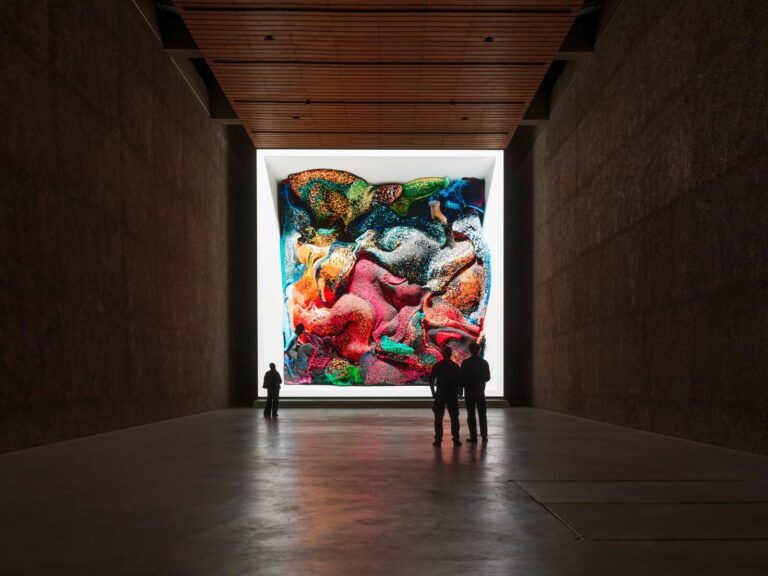
A Reasoned Anthology